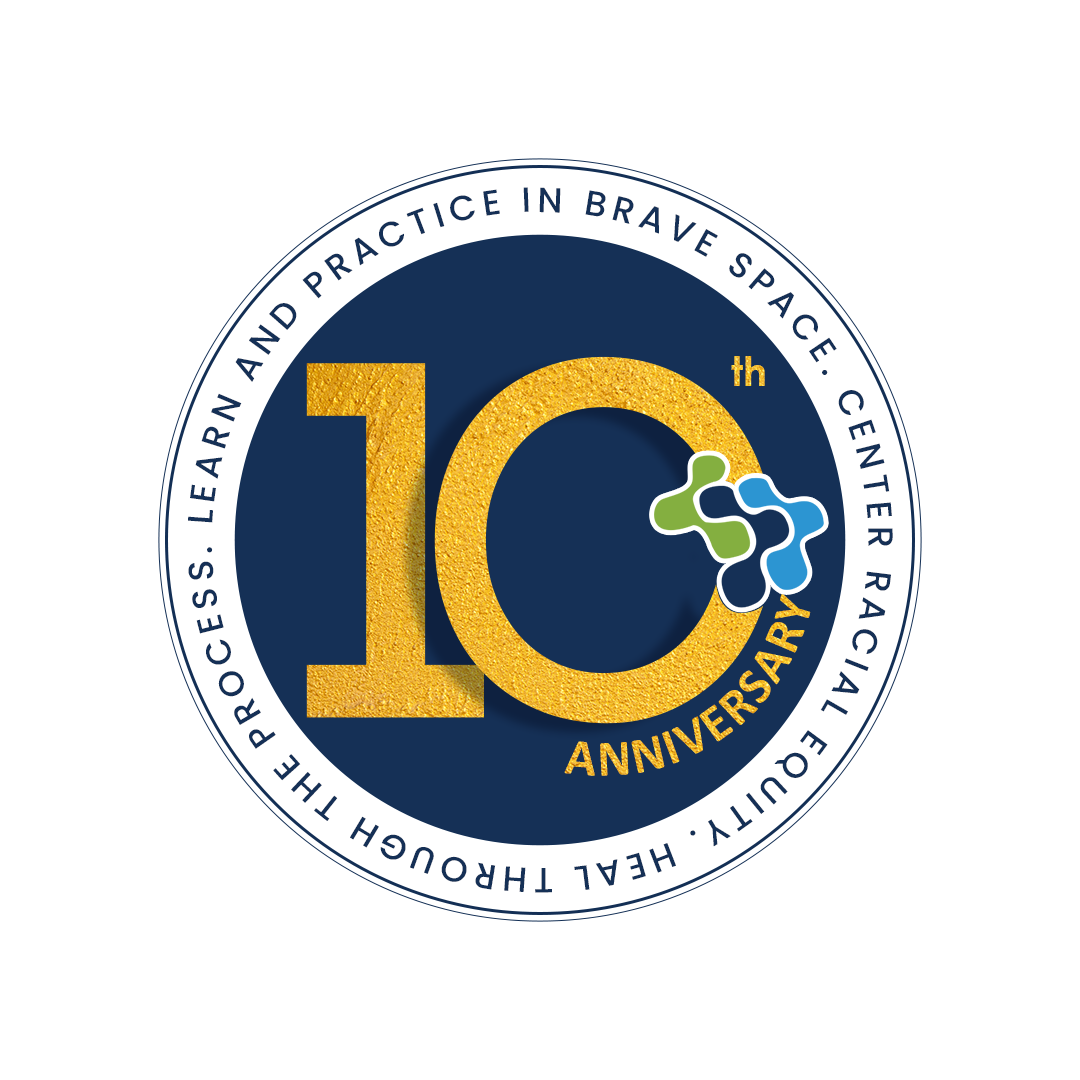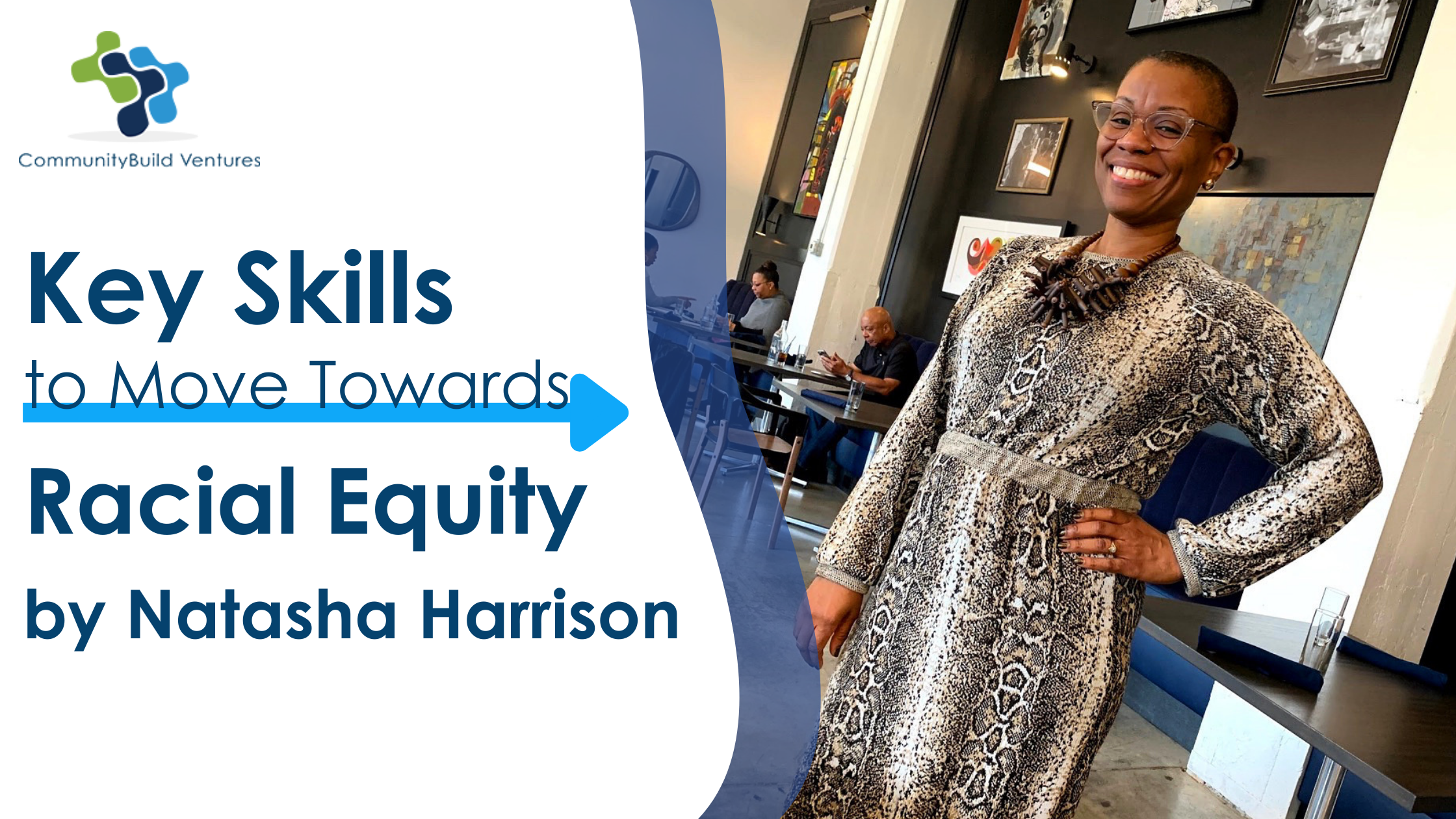“We cannot disrupt our oppression using the logic that justifies our oppression.”
-Audre Lorde
Each time a person who wants to engage us says, “Our organization wants to be racial equity centered.” I hear, “So, you want to confront and reconcile the ways in which you work and then move to something different.” My sister (and colleague) always says, “They really don’t want THIS smoke.” And she is right every time.
We see little foundational learning from organizations that approach us about becoming racial equity-centered. They have not wrestled with what racial equity means for their culture and their work in communities. Ultimately, they think they can strategize their way to or pick the right framework to become a racial equity-centered organization. They think there is a destination on a map, and they just have to get there. We see centering racial equity as ongoing learning and practices to undo, unravel, disrupt, and dismantle centuries of racial inequity and institutional practices rooted in white supremacist, patriarchal and capitalist norms. This is pioneering work that requires a commitment to honing key skills.
I shared the four key skills to move toward racial equity with an emphasis on strengthening curiosity in this blog. Again the four key skills are:
- Noticing – sensing an energetic shift; feeling when something doesn’t feel right or aligned with racial equity.
- Holding Space – being able to acknowledge others’ feelings while holding your own
- Practicing Accountability – a practice of love instead of punitive measures
- Strengthening Curiosity – creating space for inquiry, research, and reflection
Learning how these skills work and intentionally operating them requires time and space. In many of the organizations that invite us to support them, we see “overworking” as an unstated norm with every task being “urgent.” This leaves staff feeling overwhelmed. The culture has many characteristics of white supremacy culture.
So, how can an organization begin to create time and space for these skills?
1. Ask Key Questions for EVERY Meeting
Organizations meet a lot. There is a meeting to prepare for the meeting. A meeting is an excellent opportunity to introduce a new approach to developing the agenda. After each agenda item, you may ask any of the following questions:
- What are your questions?
- What are you noticing about this approach in comparison to previous approaches?
- What are you wondering about?
- What did you notice when this was shared?
- How do you feel about this?
Be sure to increase additional time for staff to share. And to support the resolution, provide a reflection or decision on this agenda item based on feedback.
2. Institute the Sacred Pause
In most institutions, staff presents their “avatar” to be psychologically safe. This means that staff is not showing up as their authentic selves.
Give space for silence. State that this is a sacred pause and add real reasons for the need to pause.
It allows the discomfort of silence. It allows more space for staff that may need more time to process information.
3. Start Doing a Slow Down Thinking Practice
Sometimes, before I start my day, especially if it feels like a mountain of work or the beginning feeling of overwhelm, I do a slow-down thinking practice.
A slow-down thinking practice is one that helps with getting your brain to get in the flow of a natural speed of thought and to slow down feelings of anxiety to settle more into the body. Heidi Hanson has a process that I have found helpful.
What are other ways that may be helpful in creating space and time for these key skills?
Please share your thoughts.


